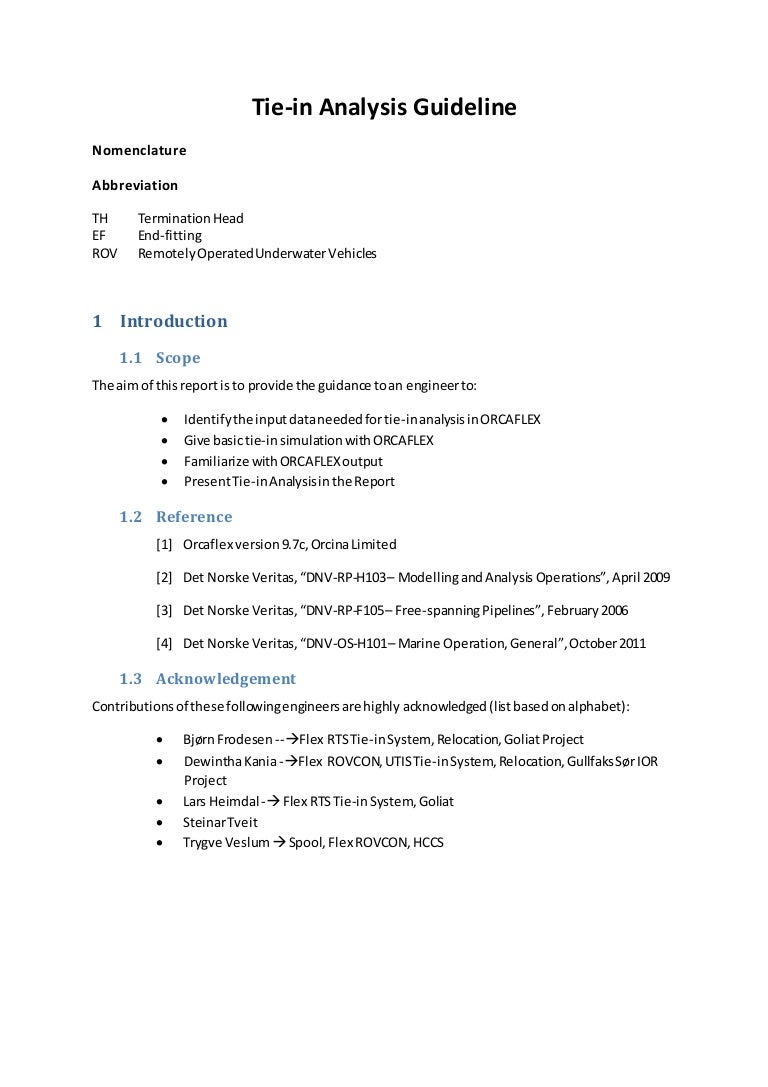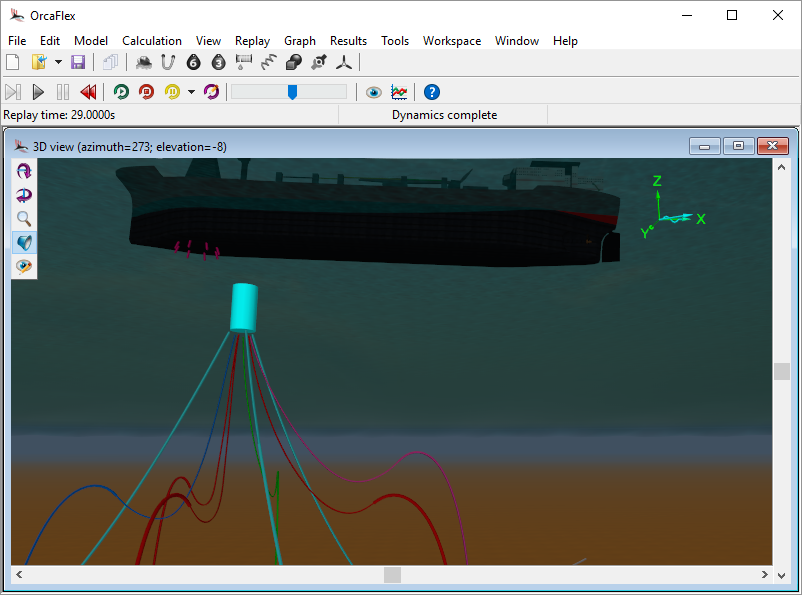

dongleName, dongleAccessMode, donglePort, dongleServer, licenceFileLocation Identifies the current state of the OrcaFlex model returned by C_GetModelState. This property returns true if the simulation has completed. This property returns the simulation stop time. This property returns the simulation start time. Individual objects can be accessed directly by treating the model itself as the dictionary, for example, the call obj = m will return an OrcaFlexObject instance of the object called 'MyObjectName'.

This property returns a tuple of all the objects in the OrcaFlex model. This property returns a ViewParameters object with the attributes set to default values. Attributes and methods defaultViewParameters When the Python garbage collector destroys this object, and it has ownership of the Python objects it contains, then C_DestroyModel is called. If both filename and handle are omitted, or are None, then an empty model is created. The handle is used internally, and by external functions, and is not intended for general use.

If the optional handle parameter is specified (from another Model instance) the new model instance will refer to the same underlying OrcaFlex model. The optional threadCount parameter specifies the number of processing threads used for simulations, if omitted then the default is the number of processing cores of the computer.

If the optional filename parameter is specified then the constructor attempts to open this as a simulation file first and as a data file second. The constructor creates a new OrcaFlex model object. Note also that the old *VESSEL and *RAO keywords have effectively been superseded by the new *VESSEL,INTEGRATED keyword, which accepts RAO data also, thereby eliminating the need for a separate *RAO keyword – hence the ‘integrated’ nature of the new keyword.Model(filename=None, threadCount=None, handle=None) Specifically, the FORMAT= input is used to specify the format of the RAO data, and you may select from a range of standard program formats such as WAMIT, AQWA, MOSES or OrcaFlex.
#Orcaflex def dynamicsprogress software
In order to minimise effort, Flexcom allows you to import RAO data directly from third-party software data files. from a radiation-diffraction program), and the conventions used are rarely consistent with the standard format expected by Flexcom itself. Quite often, RAO data is sourced externally (e.g. One area of particular importance is the definition of vessel RAO data. Flexcom, like most other programs, has its own set of conventions regarding the specification of input data.


 0 kommentar(er)
0 kommentar(er)
